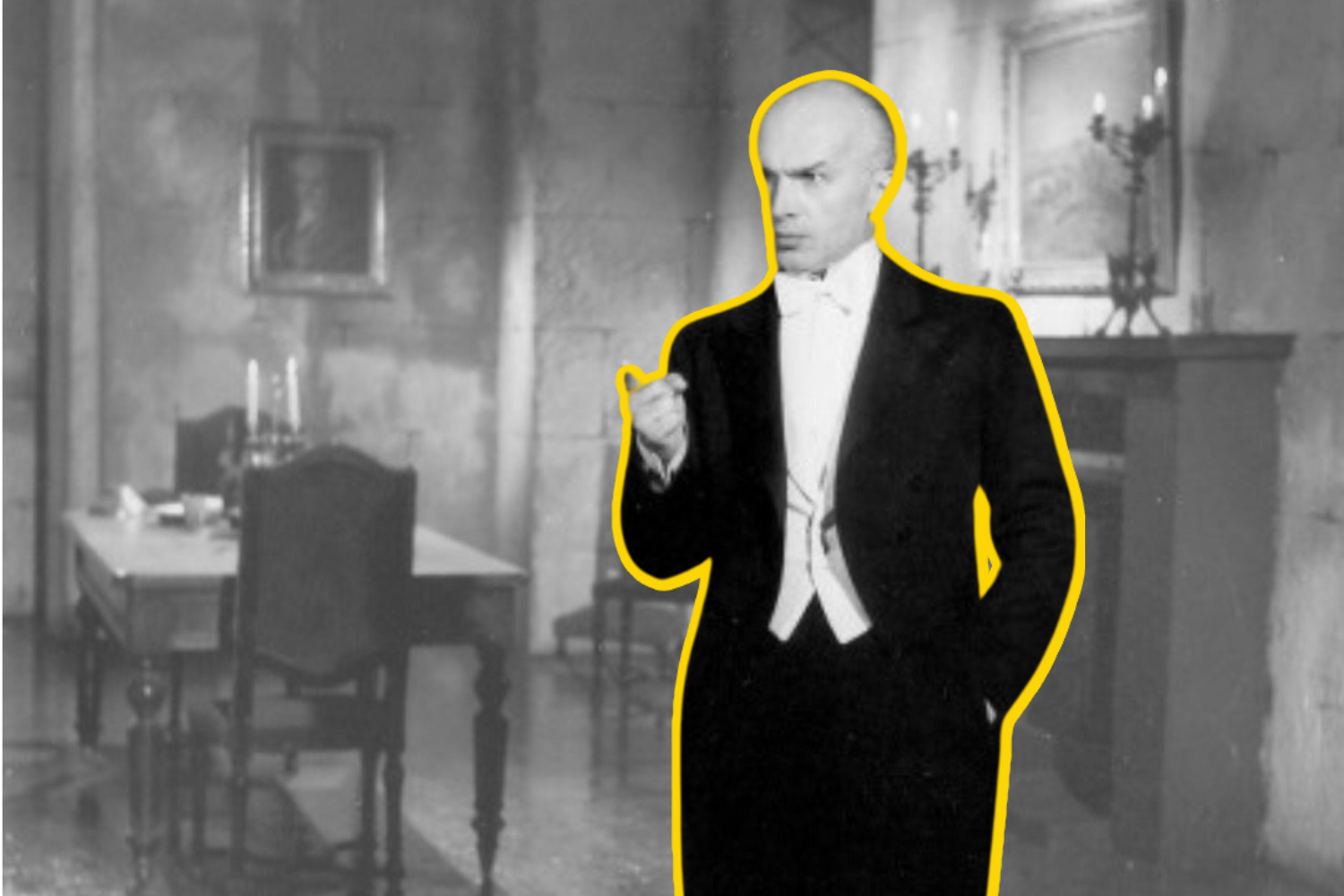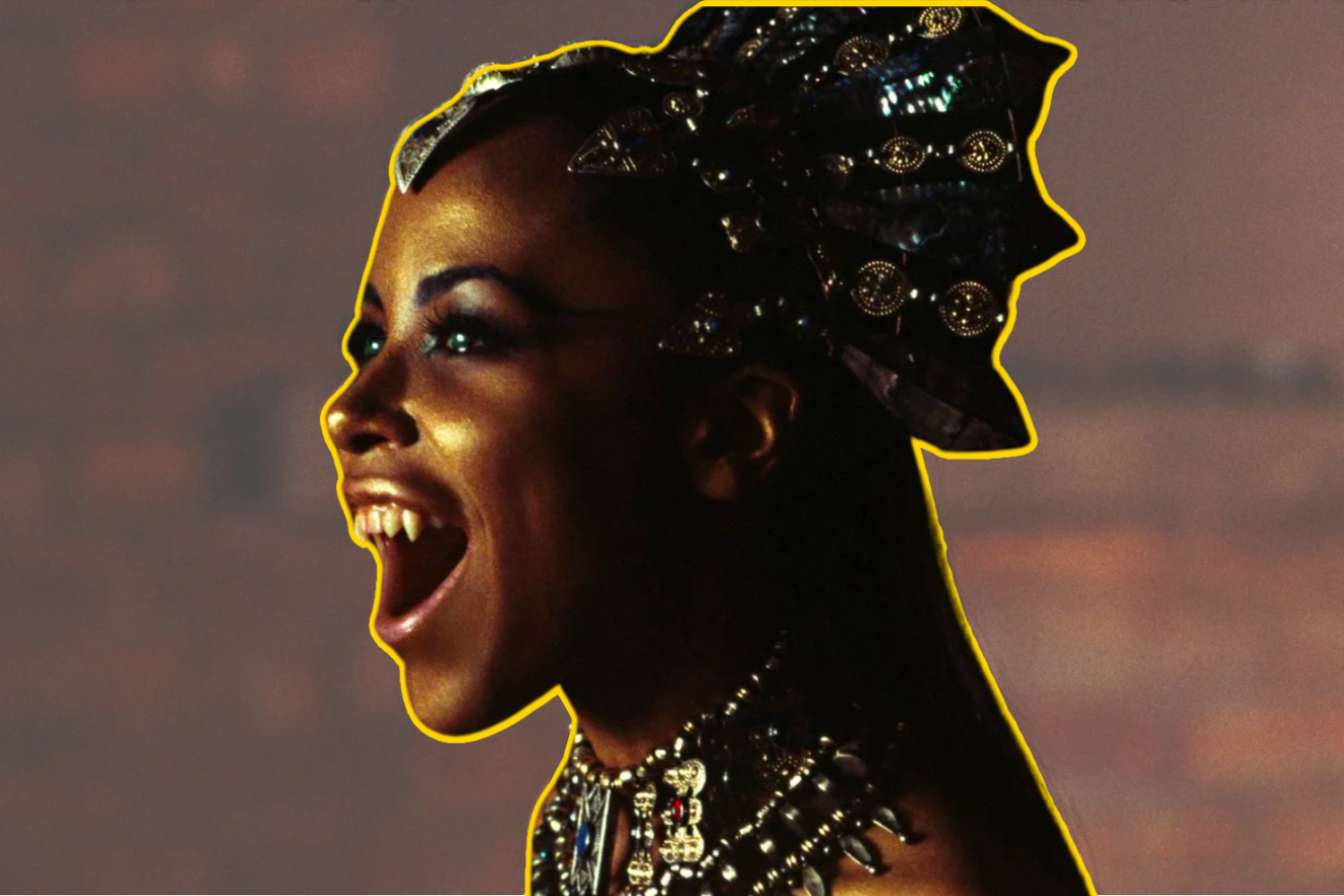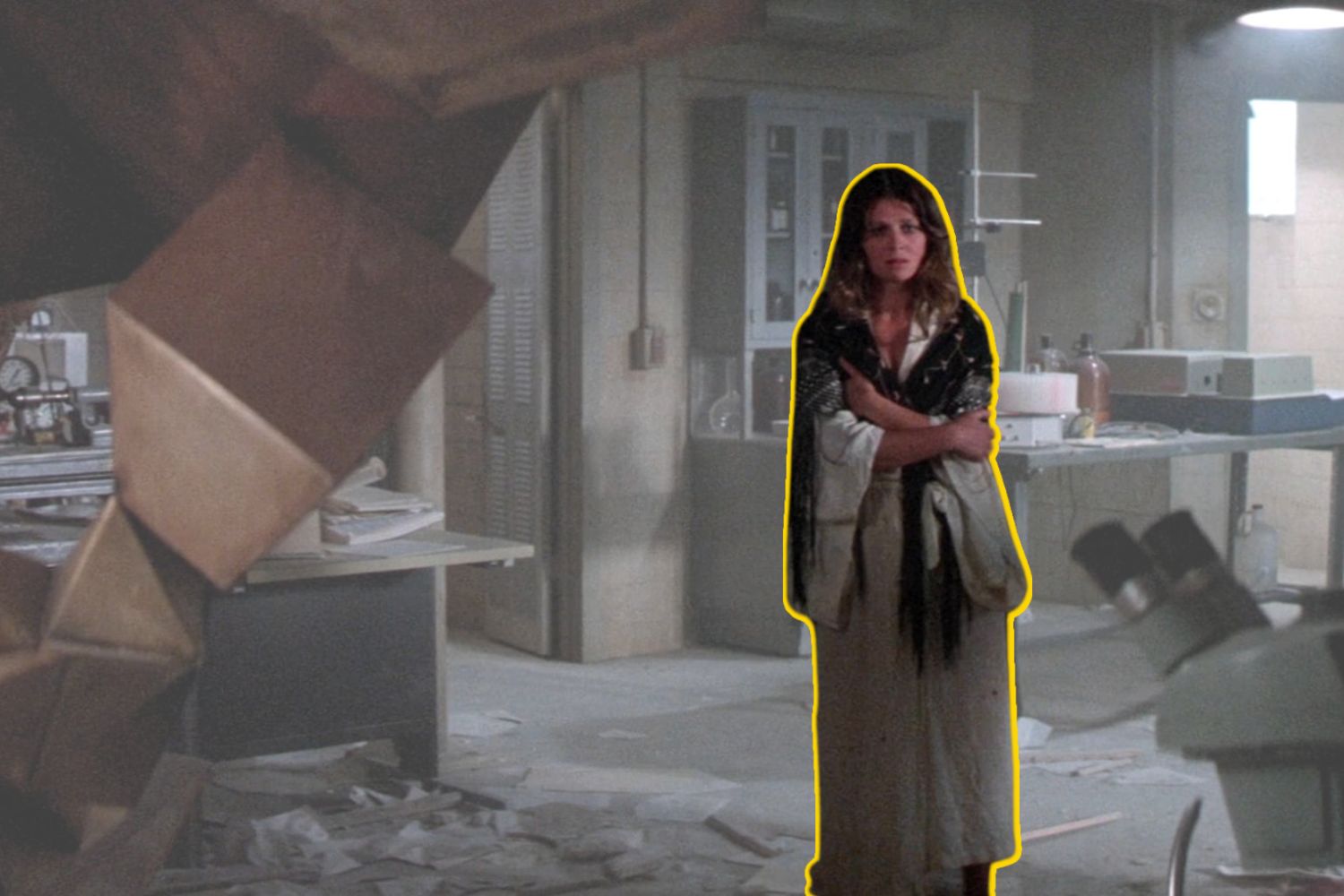Editorials
The Curious Case of ‘Dracula in Istanbul’
February 7th, 2023 | By Kayleigh Donaldson

Dracula is one of the most widely read and instantly recognizable stories in the literary canon. The eponymous vampire count is the one of the most portrayed literary characters of all time, second only to Sherlock Holmes. Over the past century, there have been dozens of Dracula adaptations on screens big and small, primarily from America and Britain, although there are exceptions— most notably, the Turkish adaptation Dracula in Istanbul.
Nosferatu, both the original and remake, transported the (plagiarized) Bram Stoker novel to Germany. In 1931, Universal premiered a Spanish-language version simultaneously to the now-iconic Bela Lugosi film. Bollywood has, of course, made more than a few in its time. One of the most fascinating examples of this comes from Turkey, but it’s not technically an adaptation of Stoker’s book. Not exactly.
Become a Free Member on Patreon to Receive Our Weekly Newsletter
During the earliest years of the Republic of Turkey, a mass campaign of language and cultural reform took place. The hope was to establish the new country through its centuries’ old history and arts, but also press forward as a modern nation, complete with its own language, naming system, and literature. In 1928, the novelist and historian Ali Rıza Seyfi released the book Kazıklı Voyvoda, translated as Vlad the Impaler. Ostensibly a Turkish translation of the Stoker novel, the original writer’s name was not listed for readers. It was assumed to be the work of Seyfi, and for good reason, because this book is extremely Turkish.
While a lot of the basic elements are faithful to Stoker’s story, Seyfi took major liberties with Dracula. It’s much shorter than the original novel. Entire subplots are excised, leaving mostly the driving narrative of Dracula himself. Everyone has Turkish names, so Jonathan Harker is Azmi and Mina is Güzin. While religious texts and symbols of all kinds can harm him, more emphasis is put on the strength of the Quran as a weapon against Dracula. This is also the first Dracula adaptation that directly links the fictional vampire to the real-life Vlad Țepeș, a.k.a. Vlad the Impaler. While many assume that Stoker intended the parallels, there’s no solid historical evidence to back this up.
This new addition has deep cultural and historical ties to Turkey, formerly the Ottoman empire and long-term enemies of the Transylvanian warlord. Vlad the Impaler, the Voivode of Wallachia, launched a bloody military campaign against the Ottomans in the 15th century, resulting in tens of thousands of Turkish deaths. To make him undeniably the villain of your new Dracula, where most of the action takes place in Turkey, is a definitively political move. This novel also ends with Dracula dying, not in Transylvania, but on Turkish soil.
1953’s Dracula in Istanbul is that rare example of a literary bootleg, so it’s only right that it would lead to a cinematic one. Low-budget movie homages-slash-rip-offs of major Hollywood fare are now the stuff of online riffing fodder, and Turkish cinema featured prominently throughout this trend. Such works included Ömer the Tourist in Star Trek, Yarasa Adam (also known as Turkish Batman), and Süpermen Dönüyor. Two decades prior, Dracula in Istanbul helped to pave the way, but not by directly infringing on the source material or any pre-existing adaptation. It also made major changes from its own mish-mash bootleg novel.
The religious aspects are missing, with the most commonly wielded weapon used against vampires being cloves of garlic. Güzin is the family breadwinner who works as a sexy dancer and isn’t shamed for it or positioned as a wanton seductress, which feels like a miracle for a film from this era. This Dracula, played by Atif Kaptan, is regal like Bela Lugosi but also bald and with tusk-like teeth. We also see him crawl down the castle walls and offer a newborn baby to his brides, both of which are in the book but not any prior available adaptation. Weirdly, the film of Dracula in Istanbul ends up being more faithful to the Stoker novel — which wasn’t available in Turkey for decades — than its own bootleg source.
As part of an ever-tangled cultural ecosystem of Dracula adaptations, Dracula in Istanbul is a fascinating artefact. So much of our general image of the character has come to us via cultural osmosis, a blend of various sources, hearsay, and Mandela Effect that seldom adheres to the now-125 year old novel. But as its own thing, it’s also just an incredibly fun film. This is a contemporary Dracula adaptation with sharp, thoughtful characters and striking set-pieces that more than deserves its place in the wider vampire canon. Atif Kaptan’s Dracula is alluring but still appropriately menacing, a tuxedo-clad gentleman with an acid tongue. The sense of atmosphere it creates with its small budget is admirable. In one scene, featuring a foggy graveyard, the production was unable to afford a smoke machine. Instead, they asked a few dozen stagehands to puff on cigarettes and exhale at appropriate moments.
Given the basic issues of geography and accessibility, it’s unlikely that any major Hollywood director saw Dracula in Istanbul during its release (or, at the very least, we have no documented evidence of this happening). Many vampire stories come to similar conclusions in terms of style and theme, but it is unique how this particular adaptation inadvertently formed the crucial foundations for an entire cultural phenomenon, many decades after Stoker penned the novel. It’s a reminder of how much film can influence audiences’ perceptions and mold an entire mythos, whether it’s Nosferatu killing vampires by sunlight or the new AMC adaptation of Interview With the Vampire thoroughly combining the creatures with the intersections of race and sexuality.
Five years after Dracula in Istanbul, Hammer would kickstart a new era of the Count with its own Dracula adaptation, starring Christopher Lee and Peter Cushing. The vampire would become a more lascivious creature, as seductive as he was cruel, and change the game for the genre for a new generation. Its long-lost Turkish sibling certainly deserves to stand alongside Lee’s version. Now that it’s readily available to watch on YouTube (and the English translation of the Turkish bootleg novel can be purchased on Amazon), it’s ready to reclaim its place in the Stoker canon.



